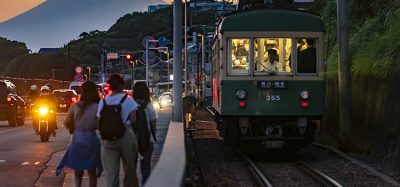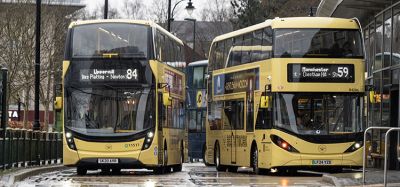Traffic information? It’s created in the process
- Like
- Digg
- Del
- Tumblr
- VKontakte
- Buffer
- Love This
- Odnoklassniki
- Meneame
- Blogger
- Amazon
- Yahoo Mail
- Gmail
- AOL
- Newsvine
- HackerNews
- Evernote
- MySpace
- Mail.ru
- Viadeo
- Line
- Comments
- Yummly
- SMS
- Viber
- Telegram
- Subscribe
- Skype
- Facebook Messenger
- Kakao
- LiveJournal
- Yammer
- Edgar
- Fintel
- Mix
- Instapaper
- Copy Link
Posted: 25 August 2016 | Anders Borring-Møller, Programme Manager, Movia Public Transport | No comments yet
Of course, modern traffic information within public transport is digital, based on real-time and is technically complex. However, this article is more about the process and necessary, non-technical conditions relating to traffic information than it is about technology…
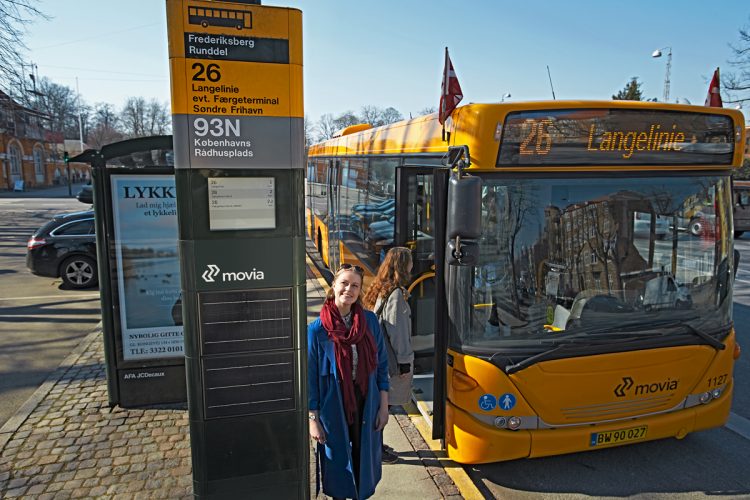

Since 2012, Movia Public Transport in Denmark has been working on a strategy to renew its traffic information; a decision that followed customer studies which revealed that among the different elements of public transport, customers rate useful traffic information as a high priority. Anders Borring-Møller, Programme Manager, explains how Movia Public Transport moved forward with implementation.
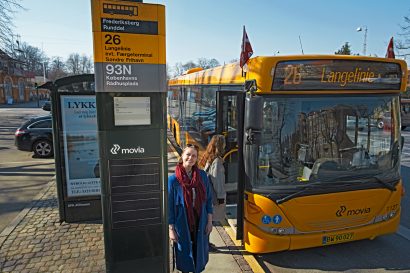

Of course, modern traffic information within public transport is digital, based on real-time and is technically complex. However, this article is more about the process and necessary, non-technical conditions relating to traffic information than it is about technology. The frame is about the shift within Movia Public Transport in Denmark from an existing practice for traffic information based on information offered in a mix of analogue media and screens displaying scheduled hours, having developed through a large number of projects and initiatives, to a properly planned, consistent and overall solution with digital real-time information. The shift is not only about new IT, systems, technology and specific projects, but also about the fact that development in a complex, political organisation has to find other ways in order to achieve the goal.
The technical solutions which deliver traffic information to the users are all of a good quality which can give the result wished for in the way wished for. The projects behind their implementation may be technically challenging. However, there are also large non-technical challenges which are often considered to be beyond the defined project and which may delay or block the way for technical solutions.
Movia Public Transport integrates these challenges in the implementation of a strategy for the company’s traffic information with which we have worked since 2012.
It is about involvement and the balancing of expectations with the company’s formal and informal partners and about the changes in the offers given by the company being accepted beforehand, both in relation to the passengers as well as the political system in which a public transport authority operates.
Too many information channels
The background for developing Movia’s traffic information was a realisation approximately five years ago that the existing offers were at a level which was less than satisfactory.
Movia Public Transport is a company with a long history which has been created through the merging of small, regional traffic comp- anies. These companies had been in charge of developing each their own traffic information. Together with a lack of focus on uniting and optimising information channels, the result was that a calculation showed that there were up to 100 different ways available to inform passengers.
These included both analogue and digital, ranging from large systems which reached most users of the company’s offer to small, printed communication methods which were only used for special occasions and in geographically limited areas.
Furthermore, a simple test literally conducted at street level established that there were differences of several minutes in notified departure and arrival times for the same departures in the existing, digital media; depending on whether you saw them on the mobile phone, on the ‘count-down’ module at the bus stop, within the bus information system, or in a browser on a computer or tablet. The reason was a complex data structure which had emerged from a large number of projects based on various systems and programmes.
The large variety of channels and systems meant a non-economical operating situation as well as the risk of data loss or errors in the chain from real-time data and scheduled hours up to the end of the user’s experience.
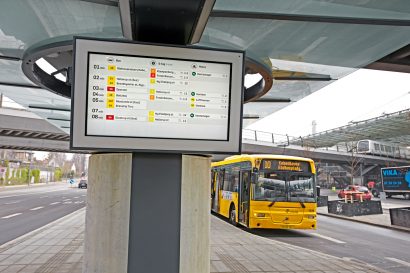

Strategy and unification
The realisation meant that an overall strategy was developed in 2012 for the traffic company’s use of customer-oriented traffic information where the goal was a unification of information on digital channels, based on real-time, together with clearing and phasing out analogue information based on static timetable data. The strategy was presented, debated and passed in the company’s management and board.
Rectification of data for the existing, digital media was a natural, first step, but also the phasing out of both digital and analogue systems which were either outdated or which customer surveys showed were not being used. For example, detailed operational information on teletext and large, printed maps with the company’s entire line network in an impossible size and scale. Simultaneously with this work, there was also an intensive information task for passengers, partners and the political support base.
Phasing out of printed timetables
The printed timetables, which for many bus lines had previously been available to the passengers free-of-charge on the buses and at stations, were phased out. But not till after a campaign through which the company used a detailed level to inform Movia’s circle of owners, the municipalities, that this would happen, and not until a dialogue with interest groups for example elderly citizens, had taken place. This was due to the consideration that there might be requests from these partners to keep the timetables.
The dialogue included customer surveys which showed that passengers took the timetables in the buses out of habit rather than for actual use. Information that Movia would continue to publish all timetables was also included, but it would be necessary for the passengers to retrieve them from the company’s website where they would always be updated. Finally, it was also communicated that it would be possible to have a print of the web timetable forwarded by old-fashion mail free-of-charge on request.
The preliminary communications work regarding all timetables still being available for everyone took more than a year. However, this meant that the last, printed timetables in buses could be phased out during the autumn of 2014, on the whole without any negative reactions from passengers, media or others.
A specific angle was communications with the bus drivers. Before phasing out of the timetables, they expressed concern that the number of questions from passengers regarding hours and connections would increase to a level which would delay their schedule. How- ever, a dialogue with the bus operators and special information to the bus drivers lessened this concern. In practice, it turned out to be unfounded.
The company still offers free forwarding of printed timetables. However, the demand seems to continue to lessen. Following Movia’s phasing-out, several other public transport authorities and the national railway company have implemented similar initiatives.
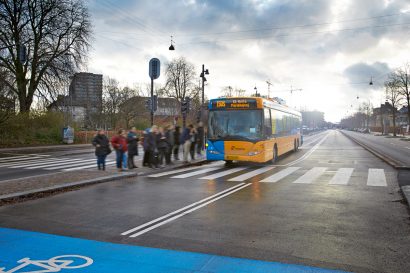

Training IT beginners
One of the initiatives in the implementation of the strategy was an offer for IT beginners to receive training in being able to find traffic information on digital media through those computers and mobile phones to which the majority of the passengers have access.
However, the traffic company alone cannot manage the training of the large number of end-users but has joined forces with the local authorities in the municipalities who currently do a lot of work to digitalise all public contact between users and public authorities. The model is that employees from the traffic company train municipal employees in the easiest digital way to find departure times and destinations, plus how to buy tickets electronically, and the municipal employees then pass on that knowledge in their general training of citizens about digital contact with state and municipalities.
In that way, training is ensured for passengers who are IT beginners, and certainty that it is possible to obtain information is communicated. This is important, for example, with organisations for elder citizens.
Information at bus stops and in buses
One of the analogue information channels that Movia has kept is the printed timetables at bus stops. However, the company is in a continued process where the timetable shows intervals rather than exact minutes which often are not entirely correct due to traffic. Space is also used to inform of the digital possibilities that exist for exact information about the next departure based on real-time. For example, this could be ‘SMS your next bus’ which is a simple and effective information channel which can be used by most passengers.
The development within these time- tables also takes place in dialogue with user groups and partners. To mention an example, the Danish consumer ombudsman was involved in a clarification of how large intervals are acceptable in a bus timetable.
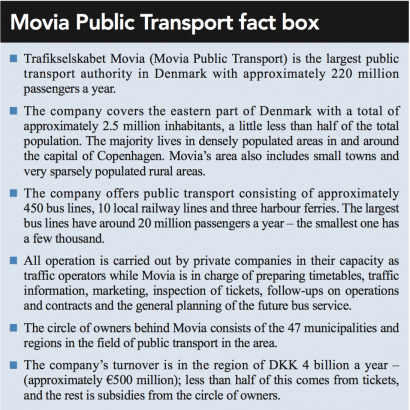

The reduced expenses for digital equipment also means that more bus stops have screens with on-site displays of the next departure in real-time.
There are also more and more buses with infotainment systems on screens showing the destination, next stop and other basic information as well as information regarding correspondences, etc. This, in combination with displaying news, entertainment and ads which make it possible to finance the screen systems by advertising to a degree which Movia as a public transport authority could not manage.
Feedback from the passengers is positive – the screens and their content are a positive element to the bus ride, as long as certain conditions are observed – for example, the adverts need to be silent.
Strategies and the future
The strategy from 2012 had a planned period of validity up to 2015. However, before the end of 2014, it was extended by another three years, both with new initiatives and the continuation of the initiatives already implemented. The background for the extension is partly because traffic information is an area in rapid development. There continues to be a need for focus on the possibilities for improvement of existing channels as well as development of new channels. Movia’s passengers had positive feedback in ongoing satisfaction surveys which were conducted from the beginning of 2013. There is steadily increasing satisfaction with the digital information despite the fact that it was based on the traffic company forcing the passengers to change their informa- tion habits and also despite the fact that the general development in society within the digital area makes it harder to live up to the users’ expectations.
In numbers, the development is not that significant. On a scale from 1 to 11, satisfaction in general increases from a little more than 7 to around 8. However, the positive aspect for the traffic company is the clear and unique development of 12 different sub-questions asked in four surveys in three years.
The conclusion is obvious at Movia; in addition to ensuring that digital traffic solutions are carried out at a technically high level, it is also very important to work with the ‘soft’ parameters. These are customer surveys and measuring, but definitely also contact to and forward- looking work with consumer groups, partners, media and especially the political system which owns the traffic company and which has a general interest in safeguarding the passengers’ interest as citizens at a general level. This means that in order to achieve success, it is crucial to incorporate these elements when the strategy is being made and the projects are being determined and defined.
Biography


Related topics
Ticketing & Payments, Travel & Passenger Information
Related organisations
Movia Public Transport




